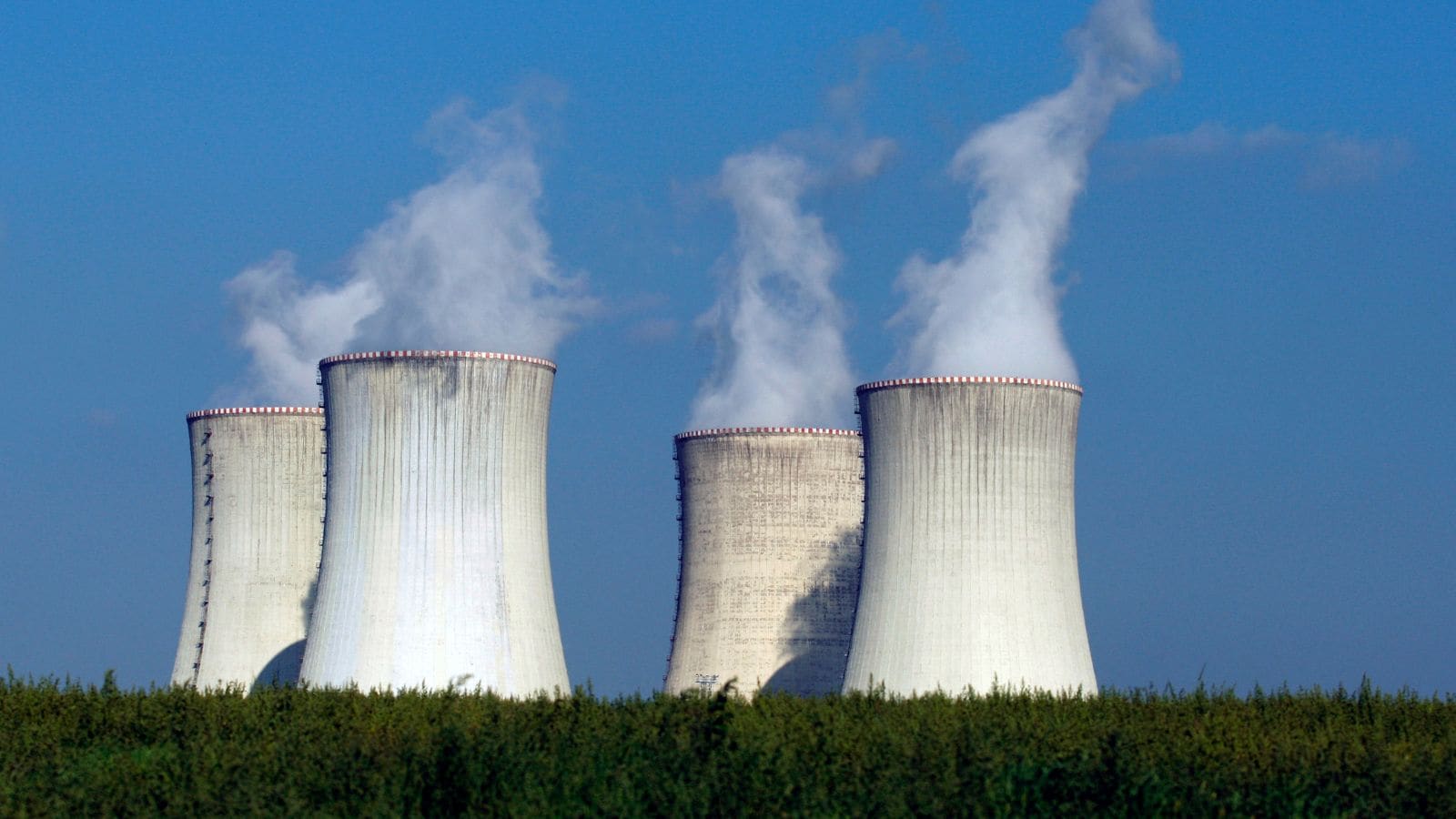Opinion | Modi Bets On Nuclear: Why India Is At The Cusp Of A Power Revolution

India is navigating a complex energy landscape, driven by the twin demands of fuelling rapid economic expansion and meeting ambitious climate goals. In response, the Narendra Modi government is making a significant strategic pivot, doubling down on nuclear power with a clear and bold target: boosting capacity from just under 9 GW today to an impressive 100 GW by 2047. The goal is for this capacity addition to enable India to achieve the net-zero emissions target by 2070, apart from guaranteeing long-term energy independence. For years, a key bottleneck hindering faster nuclear growth, particularly involving international partners, has been India’s distinct liability framework. The Civil Liability for Nuclear Damage Act (CLNDA) of 2010, specifically its provision allowing legal claims against equipment suppliers in the event of an incident, created significant hesitation among global nuclear vendors. This perceived risk, diverging from international norms that typically channel liability solely to the plant operator, effectively stalled major collaborations envisioned under pacts like the US-India Civil Nuclear Agreement, even though they were hailed as landmark breakthroughs. Recognising this impediment, a crucial shift is now in the works. The Union government is actively considering amendments aimed at capping supplier liability, potentially bringing India’s legal regime more in line with global standards. This move, possibly slated for discussion in Parliament’s upcoming monsoon session, is widely seen as essential groundwork to unlock the foreign investment and technology needed for the massive planned scale-up. It signals a pragmatic approach designed to make India a more attractive destination for leading nuclear firms. Beyond legal reforms, a broader opening of the sector seems imminent. There is talk of permitting foreign companies to take equity stakes, potentially up to 49 per cent, in domestic nuclear power projects. Major international players like Westinghouse, GE-Hitachi, France’s EDF, and Russia’s Rosatom are the kind of partners India hopes to attract more substantially. Concurrently, a significant development is the reported interest from India’s own corporate heavyweights. Giants such as Reliance Industries, Tata Power, Adani Group, and Vedanta are exploring potential investments totalling billions, suggesting a new phase where private domestic capital could play a major role alongside state-owned enterprises and foreign partners. This push is underpinned by a multi-pronged strategic blueprint being championed by the Ministry of Power. Key elements involve not just tweaking the CLNDA but also potentially amending the overarching Atomic Energy Act. This will formally enable broader private and state-sector participation beyond the traditional domain of central public sector undertakings. Understanding the need for public buy-in, efforts are also being planned to enhance awareness campaigns, focusing on the safety and environmental benefits of modern nuclear power. After all, the last thing India wants is for its nuclear ambitions to be stymied by uninformed activists or vested interest groups. Spreading awareness about the benefits of nuclear power among the larger population, therefore, is essential. On the practical side, the strategy includes clever infrastructure planning, such as exploring the repurposing of land at retired thermal power stations for new nuclear units, which could significantly cut down on land acquisition hurdles, costs and timelines. Streamlining the often complex and lengthy regulatory approval processes is another critical focus area. To make nuclear power economically competitive, financial incentives like tax concessions and favourable long-term financing options are being considered. Technologically, the approach encourages diversification. While foreign technology and investors are welcome, there is also a strong emphasis on promoting indigenous manufacturing through the ‘Make in India’ initiative and fostering competitive bidding processes. Securing a reliable and diverse supply of uranium fuel, alongside expanding the domestic vendor base for specialised components, is also vital for ensuring the long-term sustainability and security of the refurbished nuclear programme. Looking towards next-generation technology, India is now focussing on Small Modular Reactors (SMRs). SMRs represent an emerging technology advanced nuclear reactors with a capacity of up to 300 MW(e) per unit, approximately one-third of traditional reactors. Capable of producing substantial low-carbon electricity, they are characterised by their small physical size, modular design for factory assembly and transport, and the use of nuclear fission to generate heat for energy production. SMRs are localised, cost effective and bypass the risk of devastating accidents as they are meant to provide power in scenarios where extensively large facilities are unnecessary or locations lack the infrastructure to accommodate sizable units Due to their compact size, simplicity, and advanced technology, small modular reactors (SMRs) offer enhanced safety and reduced fuel demands. SMR-based power plants may need less frequent refuelling, occurring every three to seven years, in contrast to the one to two years typical for conventional plants. Certain SMRs are designed to operate for extended periods, even up to 30 years, without requiring refuelling. NTPC, the country’s largest power generator, is already reported to be in discussions with potential SMR developers from the US, Russia, and elsewhere, signaling serious intent in this emerging field. India’s deep engagement in international collaborations, exemplified by its significant contributions to the ITER nuclear fusion research project (supplying critical components like the cryostat), further highlights its long-term commitment to staying at the forefront of nuclear science and technology. Undoubtedly, challenges persist. Managing public perception around safety, developing robust long-term solutions for nuclear waste management, and ensuring these complex, large-scale projects are executed on time and within budget are all significant hurdles. However, the comprehensive nature of the current push—blending legislative reform, attracting diverse investment, fostering domestic capability, embracing new technologies, and building strategic international partnerships—signals a clear and determined effort by Prime Minister Modi’s government to make nuclear power a central pillar of India’s sustainable and secure energy future. Views expressed in the above piece are personal and solely those of the author. They do not necessarily reflect News18’s views.


![So, the patriots Jet flew from Fort worth to Guantanamo Bay, and back to Ft. Bliss. But the Pats spokesperson says "it wasn't used for deportation." Doesn't sound like it was, pal [News]](https://usrimg-full.fark.net/Q/QE/fark_QEeQuhNt3wIPFcA5kXRo91Z_voo.jpg?AWSAccessKeyId=JO3ELGV4BGLFW7Y3EZXN&Expires=1746417600&Signature=H5TgfooDTpGBxs6bURAgTVWye0c%3D)
![More and more people who fled authoritarian regimes to come to America are now wondering what the hell the point of doing that was [Sad]](https://usrimg-full.fark.net/a/af/fark_afVyLK6A76BY6ifRPIfYRuTMUPM.jpg?AWSAccessKeyId=JO3ELGV4BGLFW7Y3EZXN&Expires=1746417600&Signature=Lj0NwOnrBFQnzsPx5sy97yd6VQU%3D)














